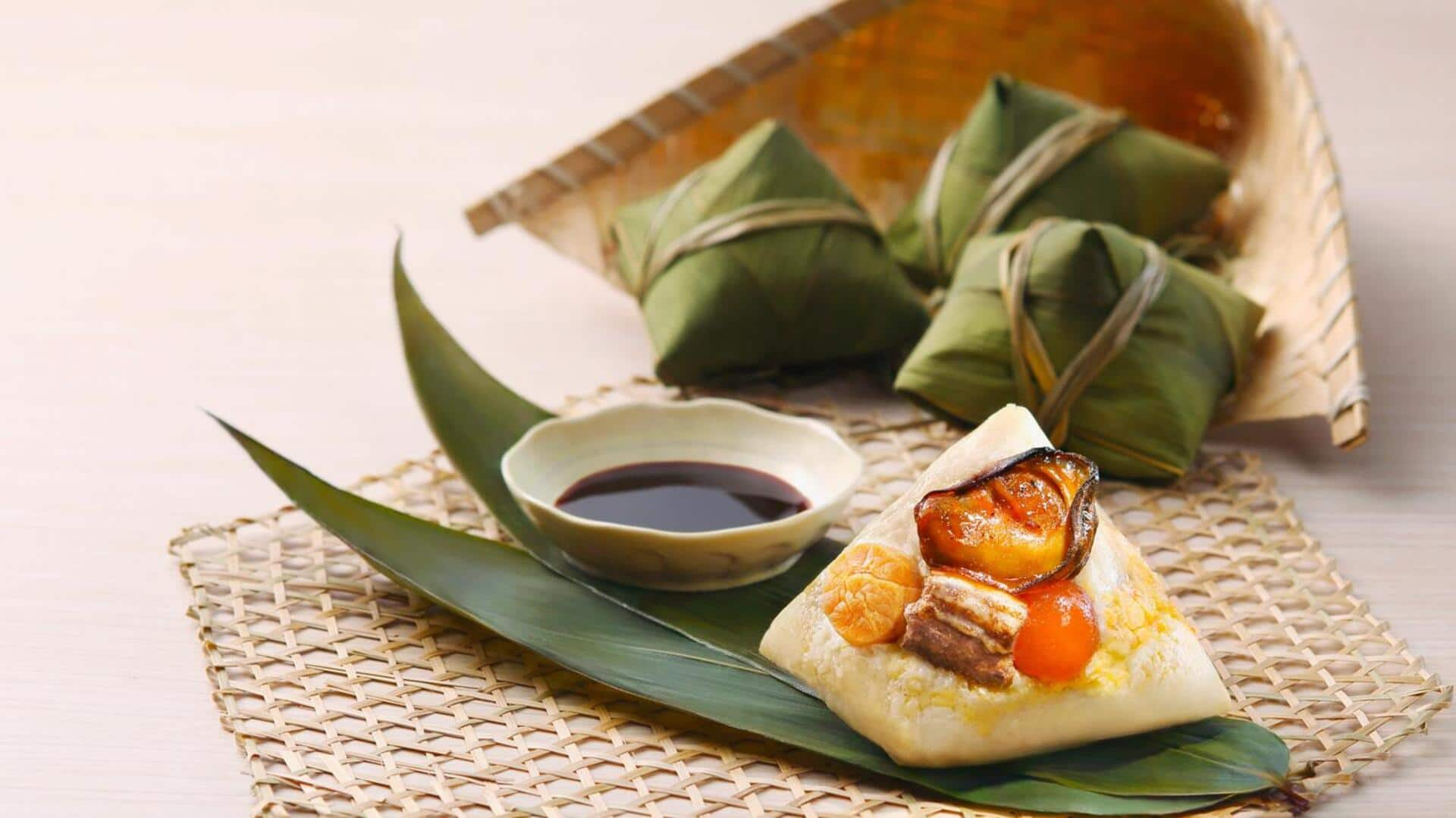
Rice dumplings: Origin, history, and evolution
What's the story
Rice dumplings are a staple in many Asian cuisines, relished for their versatility and cultural significance. These delightful treats have a rich history, evolving from simple beginnings to become a beloved dish across the globe. The journey of rice dumplings is a testament to culinary innovation and cultural exchange, reflecting the diverse traditions and flavors of the regions they hail from.
#1
Ancient origins of rice dumplings
The history of rice dumplings dates back thousands of years in ancient Asia. Initially, they were made with glutinous rice wrapped in leaves and steamed or boiled. These early versions were mainly consumed during festivals and special occasions. Over time, the method of preparation spread across different regions, each adding its unique twist to the dish.
#2
Regional variations across Asia
As rice dumplings traveled across Asia, they evolved into regional varieties that reflected local tastes and ingredients. In China, zongzi are commonly prepared with bamboo leaves and filled with sticky rice and various fillings such as red bean paste or nuts. In Japan, the similar concept is called mochi but with different fillings like sweetened red beans or matcha powder.
#3
Cultural significance and traditions
Rice dumplings also hold cultural importance in many Asian communities. They are commonly associated with harvest festivals or family gatherings where they symbolize prosperity and unity. In China, the Dragon Boat Festival is celebrated by eating zongzi as a tribute to an ancient poet. This tradition has been passed down generations.
#4
Modern adaptations and global influence
The global popularity of rice dumplings has sparked modern adaptations that cater to diverse palates while retaining traditional elements. Chefs around the world experiment with fusion recipes by incorporating ingredients from various cuisines into these classic treats. This innovation keeps the spirit of rice dumplings alive while introducing new flavors to a wider audience.